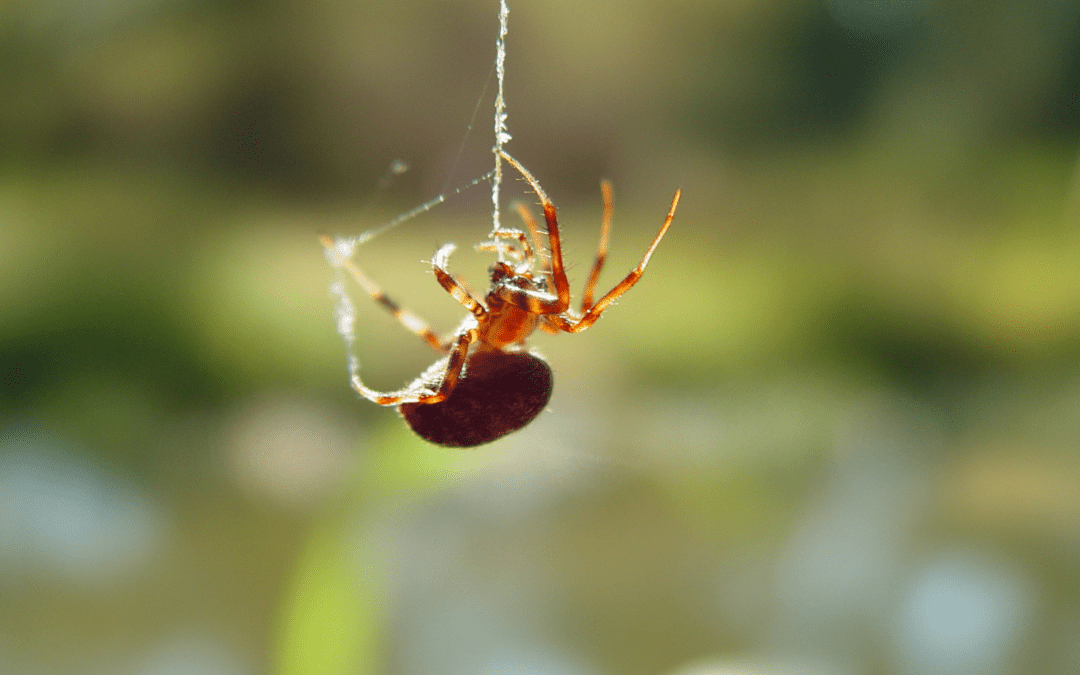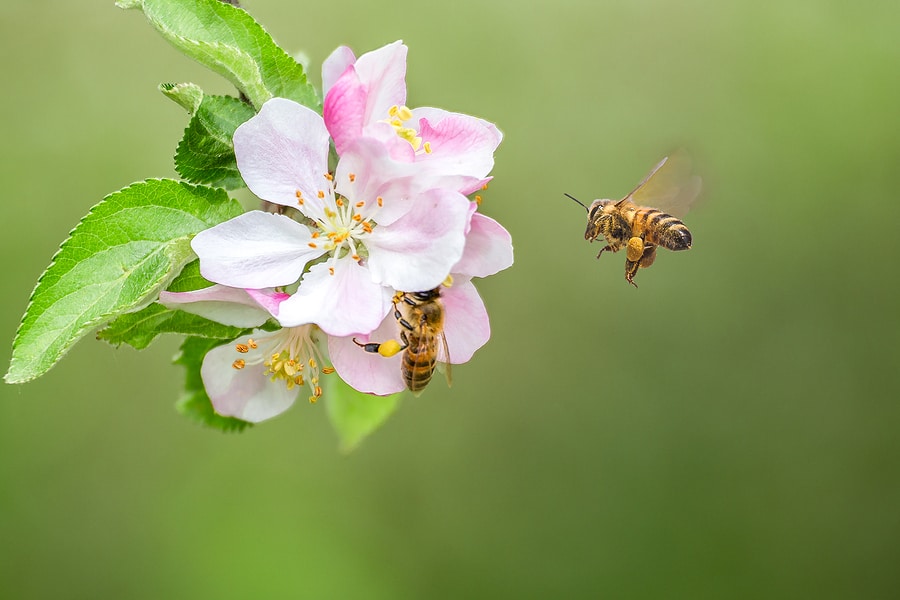READY TO GET STARTED?
REQUEST A FREE ESTIMATE
Fill out the form below or call (336) 226-1448 for a free, no-obligation estimate.

Temperatures are getting cooler and we are starting to spend more time indoors. We aren’t the only ones inside, though. Many pests will appear indoors that weren’t around in the warmer months. Pests found inside are seeking warmer shelter to survive the winter and provide a food source. Let’s break down some common fall pests so you’re better prepared to prevent and treat them.
Fall is the time when leaves begin to fall and temperatures drop, but it’s also when most spiders begin to mate. You might see more spiders than usual indoors due to them trying to find a match. Outside, you may notice large webs around your home. Spiders are known for being beneficial and can reduce the number of other pests around your home, so be mindful when knocking down their webs outside.
Fire ants build large mounds in soil and near structural foundations. They can even find their way indoors through cracks in buildings. When they feel threatened or disturbed, they can cause multiple painful stings and can become aggressive. Fall is the best time to treat fire ant mounds as this is when they’re most active.
Like us humans, rodents are also in search of food and warmth in the cooler weather. Your home can become a welcoming environment for them. Be sure to rodent-proof your home by sealing gaps or openings around your home’s exterior. Keep outdoor vents covered, repair any holes or tears in window or door screens, and install weatherstripping around doors.
You may notice an increase in overwintering pests, such as ladybugs, boxelder bugs, and stink bugs. These types of pests often resist traditional treatments with pesticides, so it’s best to take measures around your home to prevent more from coming inside. They’ll gather near the warmest areas of your home, usually on the south and west-facing sides. In these areas, check for any openings or gaps around windows and doors.
If you notice an influx of pests around your home this fall, reach out to your local pest control company who will provide you with a treatment plan that works best for you and your family.

Regardless of the season, pests are always in search of shelter and food. One place that provides them with both of these is your home. Different seasons bring different pests in varying stages of their life cycles. It’s important to know the patterns for these seasonal pests in your area to make the proper preparations for your home. What can you expect as each season changes throughout the year?
Winter
For most pests, winter is a time of hibernation and survival. The colder weather triggers a need for overwintering pests to find shelter. Some will seek this out indoors, while others will look for it outdoors. Bees, wasps, and other stinging insects search for shelter in logs or in the eaves of your home. Ants will seek shelter in their nesting sites. Overwintering pests like roaches and spiders will seek shelter indoors, sometimes in our homes. They key to prevention of winter pests is to prepare your home in the fall.
Spring
Spring is a time of awakening and mating for many pests. As the weather starts to get warm, pests will emerge from their winter shelters and increase their activity. Pests that hibernate during the winter will awaken from their dormant states. The spring rains will drive ants from their nesting sites in search of higher ground; plus it marks the beginning of swarming season for termites. Most pests will move outdoors in the spring in search of mates.
Summer
Summer brings the height of backyard pests, which are what tend to put a damper on our outdoor fun. While we usually see fewer pests inside our home during the summer, we do tend to see a larger number of pests in our yards and other outdoor areas. Mosquito season peaks in the summer months as the moisture from spring and summer rains drives mosquitoes to breed. Bees, wasps, and other stinging insects are also more active in the summer.
Fall
Fall is a time of preparation for most pests as they need to get ready for the harsh winter months. Common fall pests include ladybugs, box elders, and spiders. These pests will often invade your home at this time of the year in search of shelter for the coming months. Fall is a good time to prepare your home for overwintering pests, such as roaches and rodents.
Regardless of the season, there are steps you can take to protect your home from pests year-round:
If you already have a pest problem or these steps aren’t working for you, call your local pest control company. They can come and give your home a thorough inspection and help you with a treatment and prevention plan.